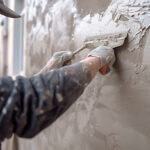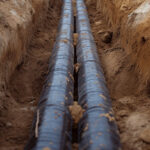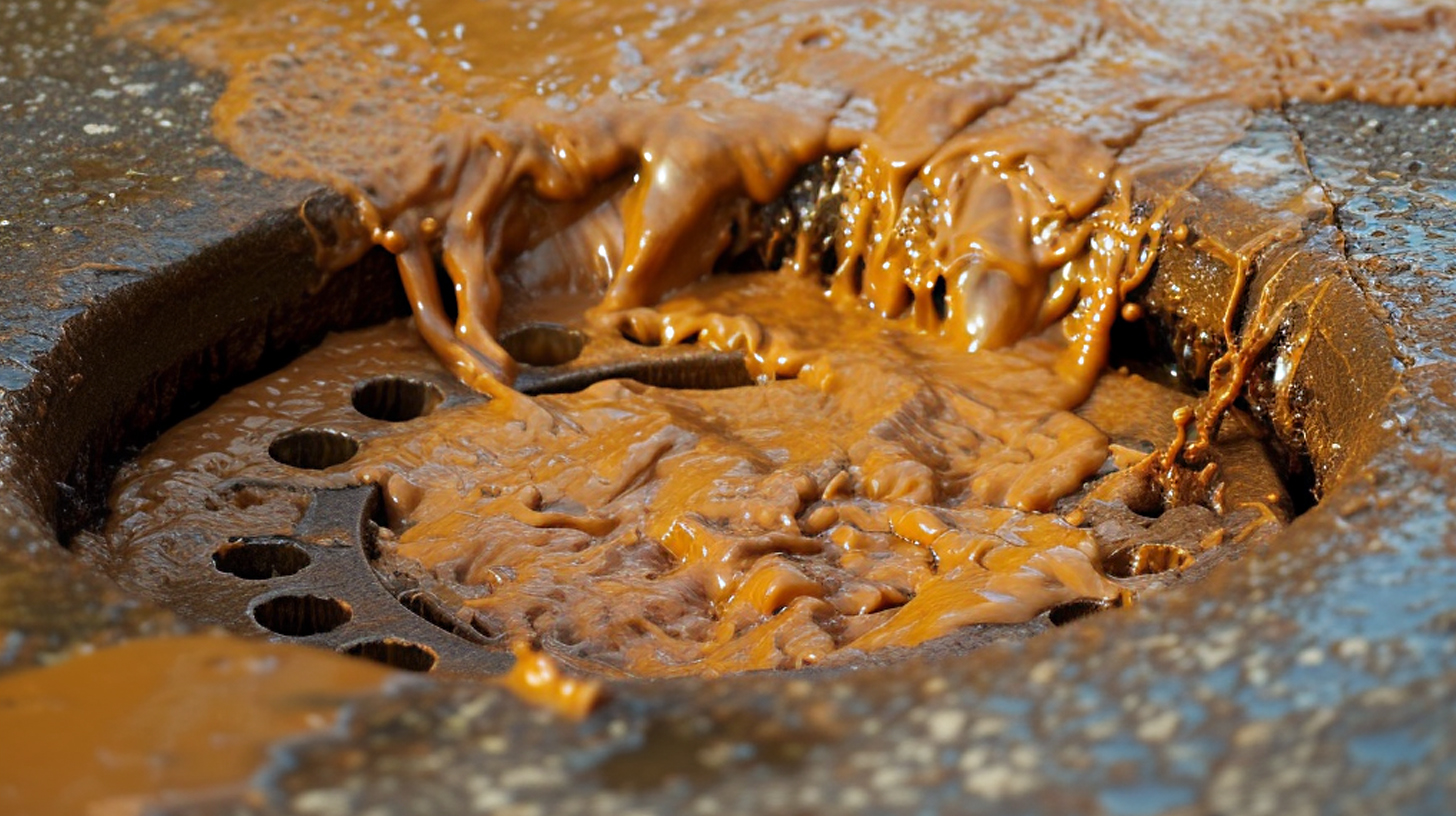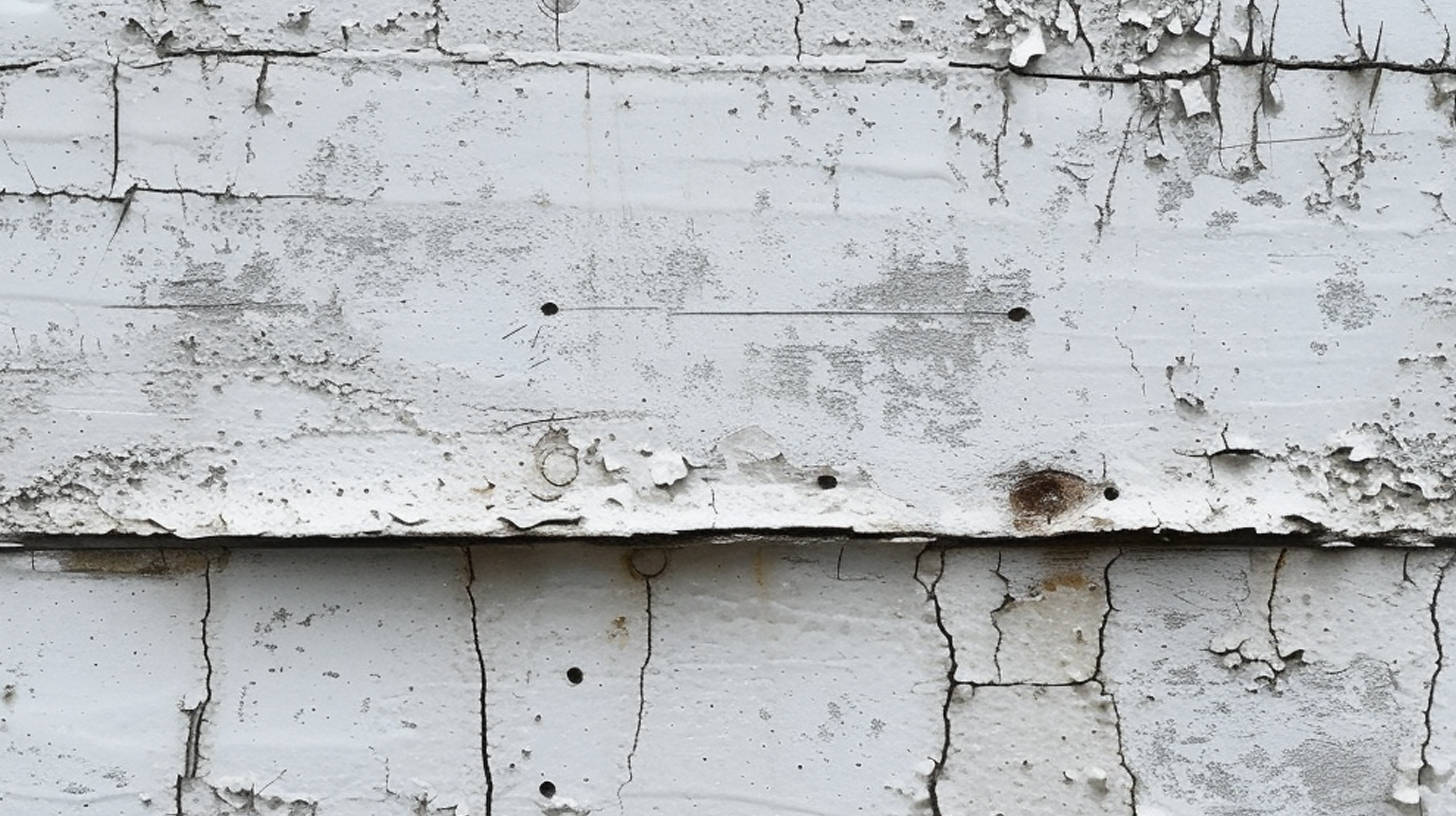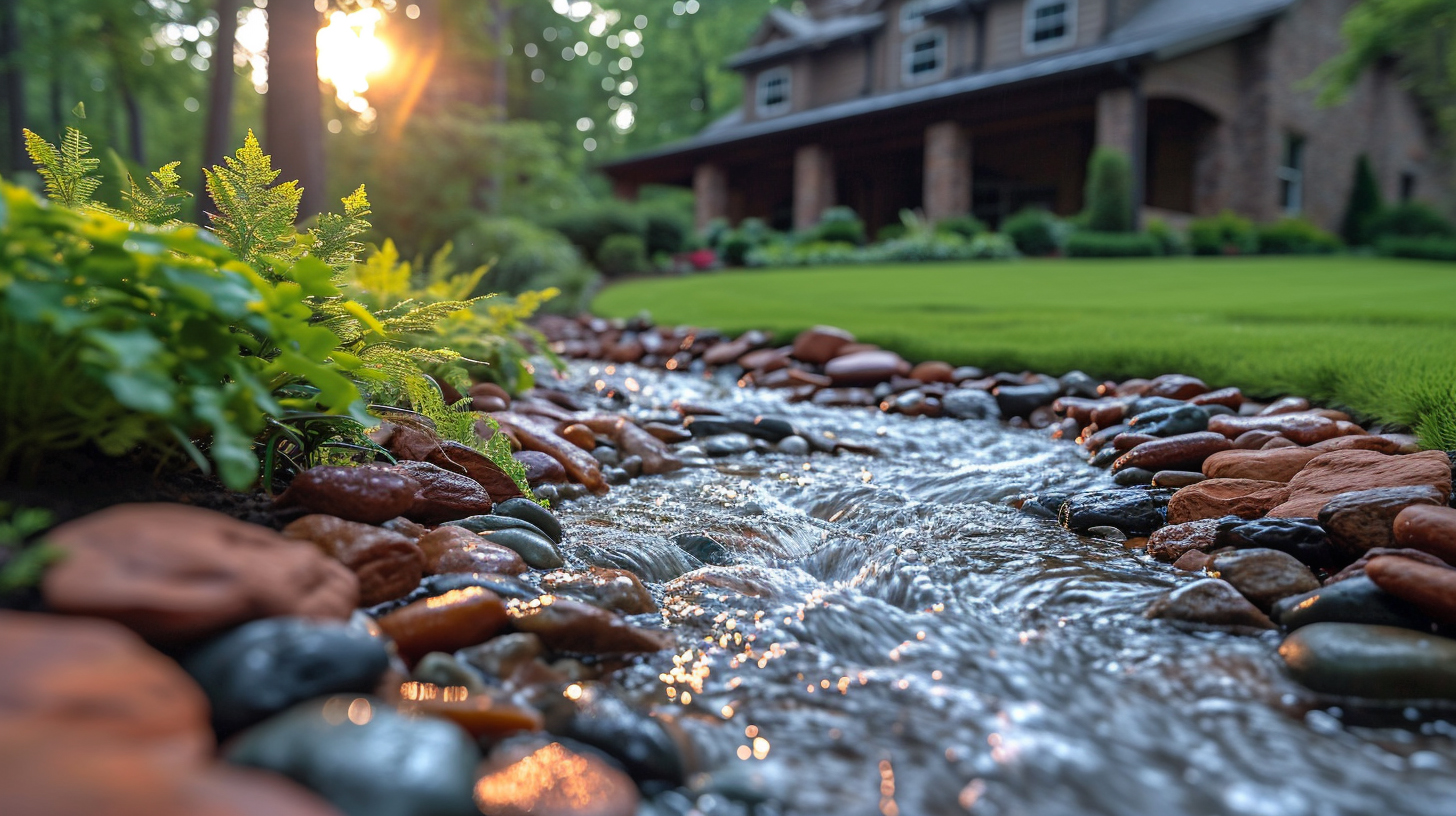Concrete, a fundamental building material, is composed of cement, water, aggregates, and sometimes additives. The process of cement hydration, where cement particles react with water, forms the binding paste that holds the aggregates together. This chemical reaction is crucial for concrete’s strength development but also contributes to its natural tendency to crack.
As concrete cures, it undergoes various types of shrinkage, including drying shrinkage and autogenous shrinkage. These processes can lead to the formation of shrinkage cracks, especially if the concrete is restrained. While concrete excels in compressive strength, its tensile strength is relatively low, typically about 10% of its compressive strength. This disparity makes concrete particularly susceptible to cracking when subjected to tensile stresses.
Understanding the inherent properties of concrete is essential for engineers and builders. By acknowledging concrete’s natural tendency to crack, professionals can implement appropriate measures such as proper curing techniques, strategic joint placement, and the use of reinforcement to mitigate and control cracking, ensuring the longevity and structural integrity of concrete structures.
Common Types of Concrete Cracks and Their Characteristics
Concrete cracks can occur for various reasons, and understanding their characteristics is crucial for proper diagnosis and repair. Here are some common types of concrete cracks:
- Plastic Shrinkage Cracks: These occur in fresh concrete due to rapid water evaporation. They are typically shallow, parallel, and appear within hours of concrete placement.
- Settlement Cracks: Caused by the settling of concrete as it hardens, these cracks are often vertical and appear within the first month after pouring.
- Expansion Cracks: These result from temperature fluctuations causing concrete to expand and contract. They are usually uniform in width and run the full depth of the slab.
- Structural Cracks: Often wider than 1/8 inch, these cracks indicate serious issues like overloading or poor structural design. They can compromise the integrity of the concrete structure.
- Crazing: These are fine, shallow cracks that form a network pattern on the surface. While unsightly, they generally don’t affect the concrete’s structural integrity.
Identifying the type of crack is the first step in determining the appropriate repair method and preventing future occurrences.
Environmental Factors Contributing to Concrete Cracking
Environmental factors play a significant role in the development of concrete cracks. Temperature fluctuations are a primary culprit, causing expansion and contraction that can lead to stress and eventual cracking. Freeze-thaw cycles are particularly damaging, as water trapped in concrete pores expands when frozen, creating internal pressure.
Moisture changes also contribute to concrete deterioration. Excessive drying can cause shrinkage cracks, while prolonged exposure to moisture can lead to erosion and weakening of the concrete structure. Soil movement, such as settling or shifting, can exert uneven pressure on concrete foundations, resulting in cracks.
Chemical exposure is another environmental factor to consider. Concrete is vulnerable to various chemicals, including de-icing salts, sulfates, and acidic substances. These can corrode reinforcing steel, cause expansion, or deteriorate the concrete matrix, leading to cracking and structural weakness.
Understanding these environmental factors is crucial for proper concrete maintenance and design. Implementing appropriate measures, such as using air-entraining admixtures, proper drainage systems, and protective coatings, can significantly extend the lifespan of concrete structures and minimize cracking due to environmental stressors.
Load-Induced Cracking: Understanding Structural Stress on Concrete
Load-induced cracking in concrete structures is a significant concern in the construction industry. These cracks can occur due to various factors, primarily related to excessive stress on the material. Overloading is one of the most common causes, where the applied load exceeds the concrete’s designed capacity. This can happen due to poor planning, unexpected weight additions, or changes in building use.
Improper reinforcement is another critical factor contributing to load-induced cracking. When steel reinforcement is inadequately placed or insufficient in quantity, it fails to distribute stress effectively, leading to cracks. Foundation settlement can also cause uneven stress distribution, resulting in cracks as the structure adjusts to the shifting ground beneath.
Seismic activity poses a unique challenge to concrete structures. The sudden, intense forces exerted during earthquakes can cause rapid stress changes, leading to cracking if the structure isn’t properly designed to withstand such events. Additionally, fatigue cracking can occur over time due to repeated loading and unloading cycles, even if individual loads are within the structure’s capacity.
Understanding these factors is crucial for engineers and builders to design and construct resilient concrete structures that can withstand various stress conditions over their intended lifespan.
Poor Construction Practices Leading to Concrete Cracks
Poor construction practices can significantly contribute to the formation of concrete cracks, compromising the structural integrity and longevity of buildings and infrastructure. Several factors can lead to these issues:
Improper mixing ratios are a common culprit. When concrete components are not proportioned correctly, the resulting mixture may be too weak or prone to shrinkage, leading to cracks. Adequate water-to-cement ratios are crucial for achieving optimal strength and durability.
Inadequate curing is another critical factor. Concrete needs sufficient time and proper conditions to develop its full strength. Rushing the curing process or failing to maintain proper moisture levels can result in surface cracks and reduced overall strength.
Premature loading of concrete structures before they have reached their design strength can cause immediate cracking or set the stage for future failures. It’s essential to allow concrete to cure fully before subjecting it to heavy loads or stress.
Insufficient joints in large concrete areas can lead to cracking as the material expands and contracts due to temperature changes. Properly placed expansion and control joints help manage these stresses and prevent uncontrolled cracking.
Poor subgrade preparation is often overlooked but can have severe consequences. An unstable or improperly compacted subgrade can lead to settling, which in turn causes concrete to crack. Ensuring a well-prepared, stable foundation is crucial for long-lasting concrete structures.
By addressing these common issues and adhering to best practices in concrete construction, builders can significantly reduce the occurrence of cracks and ensure more durable, long-lasting structures.
Preventive Measures to Minimize Concrete Cracking
Preventing concrete cracking requires a multifaceted approach that begins with proper mix design. Ensuring the right balance of cement, water, and aggregates is crucial for optimal strength and durability. Implementing control joints at strategic locations helps manage stress distribution and allows for controlled cracking in predetermined areas.
Reinforcement techniques play a vital role in minimizing cracks. Steel reinforcing bars, wire mesh, or fiber reinforcement can significantly enhance concrete’s tensile strength and crack resistance. These methods work by distributing loads and stresses more evenly throughout the structure.
Proper curing methods are essential for preventing early-age cracking. Maintaining adequate moisture levels during the curing process allows the concrete to develop its full strength potential. This can be achieved through water curing, using curing compounds, or applying wet burlap.
Waterproofing measures are crucial, especially for structures exposed to moisture or freeze-thaw cycles. Applying sealants or waterproof membranes can protect the concrete from water infiltration, which often leads to cracking due to expansion and contraction.
By implementing these preventive measures, contractors and builders can significantly reduce the likelihood of concrete cracking, ensuring longer-lasting and more durable structures.
When to Worry: Identifying Serious Cracks vs. Normal Settling
Identifying the difference between serious cracks and normal settling is crucial for maintaining your home’s structural integrity and ensuring safety. One key factor to consider is crack width measurement. Hairline cracks (less than 1/16 inch wide) are typically cosmetic and result from normal settling. However, cracks wider than 1/4 inch may indicate more significant issues and warrant closer inspection.
Another important distinction is between active and dormant cracks. Active cracks continue to grow or change over time, while dormant cracks remain stable. To determine if a crack is active, monitor its size and shape over several weeks or months. If you notice expansion or movement, it’s time to consult a professional.
Certain crack patterns can also signal potential structural problems. Horizontal cracks in foundation walls, stair-step cracks in brick or masonry, or cracks that appear suddenly after an event like an earthquake or nearby construction may be cause for concern.
While some cracks are harmless, others can compromise your home’s safety. If you observe any of the following signs, it’s crucial to schedule a professional inspection:
- Doors or windows that stick or won’t close properly
- Uneven floors or sloping walls
- Cracks wider than 1/4 inch or that extend through the entire wall
- Multiple cracks in the same area
- Water seepage through cracks
Remember, when in doubt, it’s always best to consult with a structural engineer or foundation specialist. These professionals can accurately assess the situation and recommend appropriate solutions to ensure your home remains safe and structurally sound.
Repair Methods for Different Types of Concrete Cracks
Concrete cracks can be repaired using various methods, depending on the type and severity of the damage. Epoxy injection is an effective technique for fixing narrow cracks, as it involves injecting a low-viscosity epoxy resin into the crack, which bonds the concrete and restores its structural integrity. For wider cracks, routing and sealing is often employed. This method entails enlarging the crack with a saw or grinder, cleaning it thoroughly, and then filling it with a flexible sealant.
Stitching is another repair method used for more severe cracks. It involves drilling holes on both sides of the crack and inserting U-shaped metal staples or stitching dogs to hold the concrete together. For surface-level damage, overlays can be applied to cover and protect the repaired area while improving its appearance.
In cases of extensive damage or deep cracks, full-depth repairs may be necessary. This process involves removing the damaged section entirely and replacing it with new concrete. Each of these repair methods has its specific applications, and the choice depends on factors such as crack width, depth, and the overall condition of the concrete structure.
Proper Concrete Care for Longevity and Durability
Proper concrete care is essential for maintaining the longevity and durability of your concrete structures. By implementing regular cleaning routines, addressing cracks and damage promptly, and applying protective sealants, you can significantly extend the life of your concrete surfaces. Remember that prevention is key; taking proactive measures to protect your concrete from harsh weather conditions, chemical exposure, and excessive wear can save you time and money in the long run.
It’s important to recognize that while concrete is a sturdy material, it still requires attention and maintenance. By staying vigilant and addressing issues as they arise, you can preserve the structural integrity and aesthetic appeal of your concrete for years to come. Whether you’re dealing with a driveway, patio, or industrial flooring, investing in proper care will ensure that your concrete continues to serve its purpose effectively and efficiently.
Ultimately, the effort you put into maintaining your concrete will pay off in the form of reduced repair costs, improved safety, and enhanced property value. By embracing these concrete care practices, you’re not just preserving a surface – you’re protecting an investment that contributes to the overall quality and functionality of your property.


